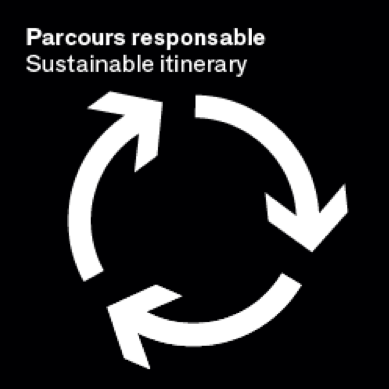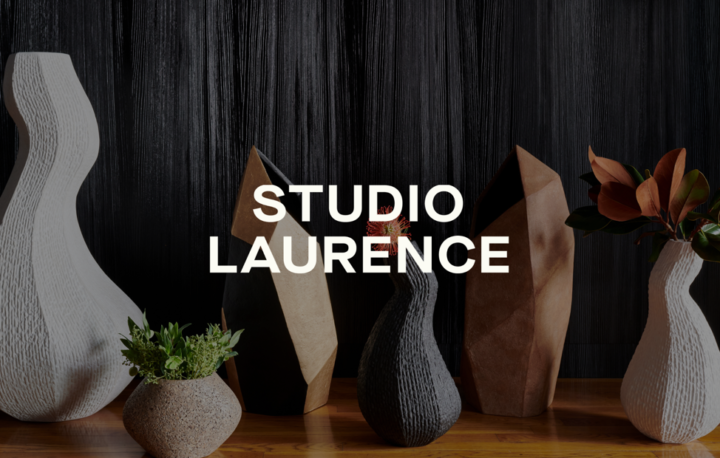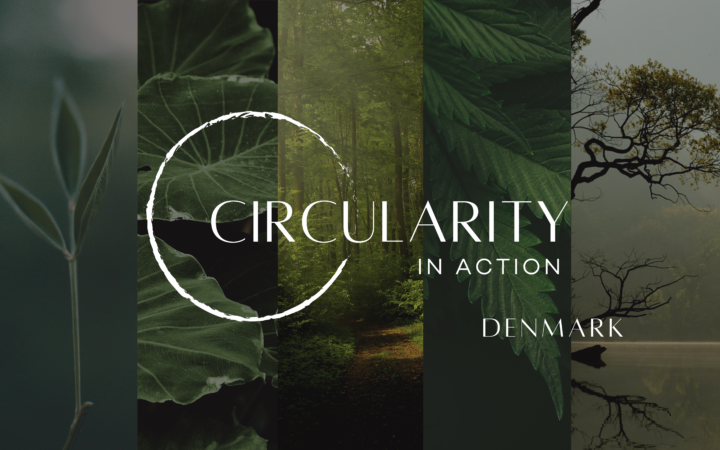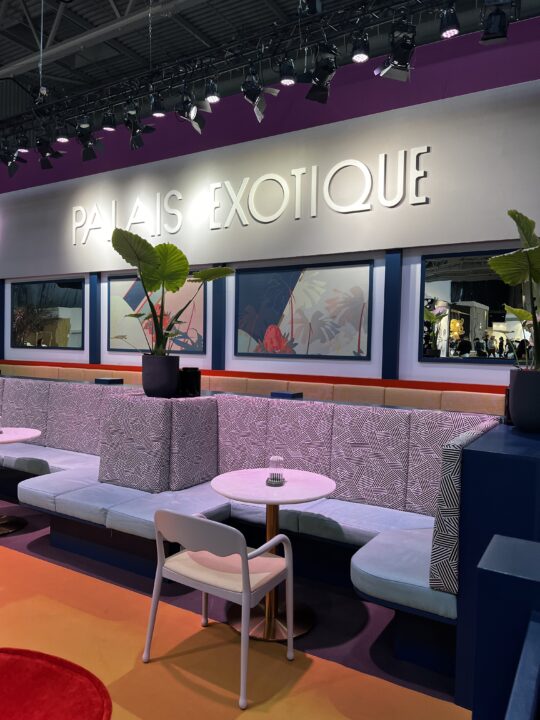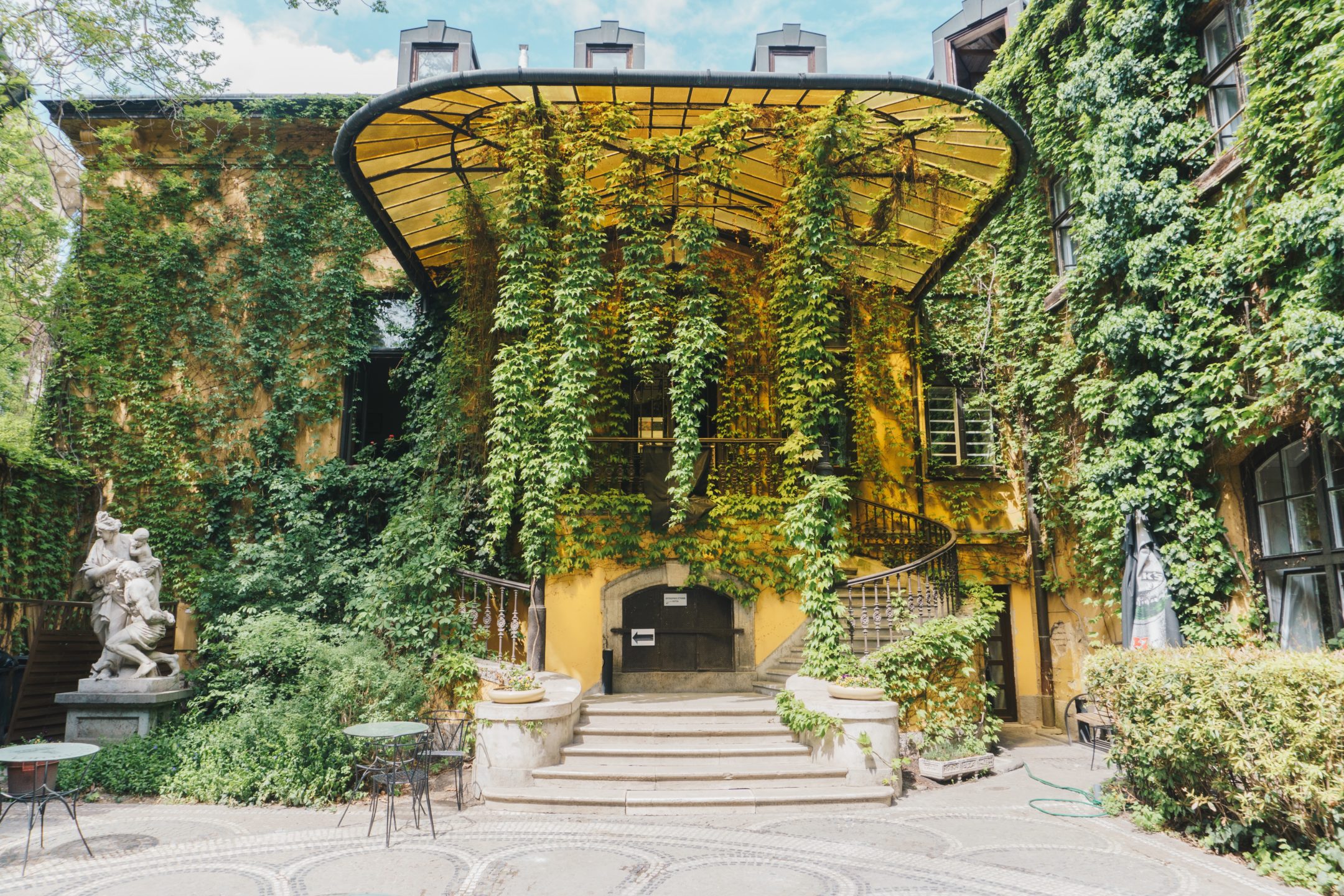
As an interior designer focusing on sustainability, I often find myself cultivating knowledge of sustainable interior design terms with my clients and industry cohorts alike. The concept of sustainable design is in its nascency in the global mass consciousness, and the various industry designations can be a lot to digest for a client who wants to do the right thing but is thin on the ultimate nonrenewable resource of time. To that end, I have assembled an uncomplicated list of 7 essential sustainable interior design terms that both clients and designers should understand and add to their design vernacular.
LEED
Leadership in Energy and Environmental Design, or LEED, is a certification program developed by the nonprofit US Green Building Council, and put into practice in 1994. The LEED program lays out a clearly defined set of guidelines that residential and commercial spaces must meet to become certified, taking into account environmental impact, occupancy and building permanence amongst other important factors. Building certification is based on a score compiled from various metrics, and falls into one of four categories: Certified, Silver, Gold or Platinum, determined by the number of points achieved during the certification review process. The USGBC maintains an online directory of all LEED certified buildings, individuals and projects for quick reference when seeking professionals or companies to employ, or use their list of projects as best practice case studies to inform your own work.
OEKO-TEX®
Oeko-Tex is a joint organization comprised of 18 international independent research and test institutes that cover textile and leather ecology. Oeko-Tex began in 1992 with the goal of enabling textile companies and consumers to make health- and eco-conscious decisions in manufacturing and purchasing. Certification through Oeko-Tex requires that products and companies be held to even more rigorous standards than many current governmental requirements, and its international recognition provides for a global assortment of certified eco-friendly, sustainable and nontoxic items. There are 6 components of certification and testing available through Oeko-Tex, and it is apropos to be acquainted with each of them.
Standard 100: Each component of an item has been tested for harmful toxic chemicals and deemed safe.
Leather Standard: Similar to Standard 100, the Leather Standard tests for harmful chemicals in leather goods
STeP: Sustainable Textile and Leather label is available to companies who implement long term plans to achieve 6 modules as part of this certification: chemicals management, environmental performance, environmental management, social responsibility, quality management, and health protection and safety at work.
Made in Green: combination of Standard 100 and STeP certifications; signifies that a product has been tested for harmful chemical components and guarantees that it was created sustainably, using environmentally friendly and socially responsible production practices; includes a unique product identification number or QR code for traceability
Detox To Zero: This is a tool to analyze chemical management and wastewater quality in production facilities, based on GreenPeace’s Detox campaign with a focus on continual improvement rather than passing or failing tests.
Eco Passport: A three stage process for certifying manufacturers of processing chemicals and/or chemical compounds as safe and ecologically responsible.
GOTS
The Global Organic Textile Standard was launched in 2005 as a way to certify both eco-friendly and socially responsible manufacturing practices in global organic textiles. The certification covers the processing, manufacturing, packaging, labeling, trading and distribution of all textiles made of at least 70% certified organic natural fibers. The GOTS label has two distinct grades of fiber content: items labeled “organic” must contain no less than 95% organic fibers, and products labeled “made with organic” must contain no less than 70% organic fibers. GOTS requires organizations meet over 20 environmental and social criteria in processing and manufacturing, preventing descrimination, unduly long hours, child labor, safety of chemicals used and environmental policies and procedures on minimizing waste. There are 800 entries for home textiles in the GOTS Public Database, providing a myriad of sustainable, organic sources for interior design projects.
GREENGUARD
A study by the EPA found that levels of Volatile Organic Compounds, or VOCs, from common household products are two to five times higher inside our homes than outside. The use of the word volatile suggests negative implications, and rightfully so, as they can cause a range of symptoms as slight as minor throat irritation or as severe as cancer. Some of the most prevalent sources of VOCs in home decor are paint, wood preservatives, furniture and building materials. Greenguard certification signifies that a product has been rigorously tested to meet low VOC emissions standards for indoor air quality. There are two levels of certification: Greenguard and Greenguard Gold, which includes health criteria and requires lower levels of emissions than standard Greenguard certification. Greenguard has been the basis of criteria for the LEED credit for low emitting furniture for nearly 20 years.
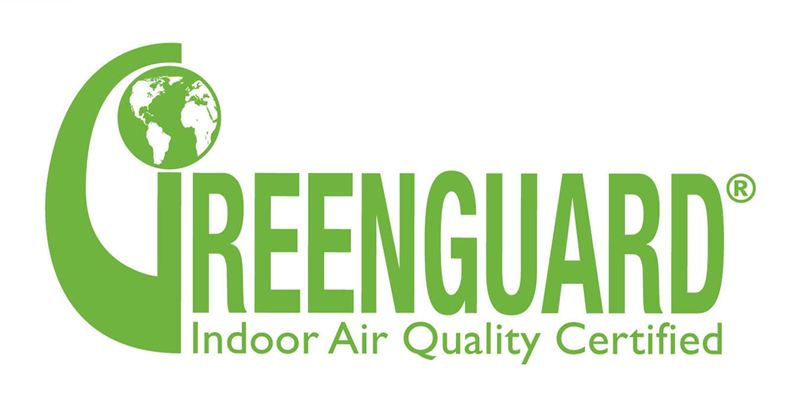
SUSTAINABLE FURNISHINGS COUNCIL
The SFC was founded in 2006 at the premier interior design industry trade show in North America, High Point Market, born out of a revelation by Gerry Cooklin to better protect our natural resources. It quickly grew from 70 members to 400, and maintains relationships with Rainforest Alliance and World Wildlife Fund, in addition to design industry insiders. The SFC is the penultimate resource when seeking insight into sustainable and eco-friendly interior design products, so if you only retain one of the five terms listed here, this is the one to remember. As certifications carry so much weight in the world of sustainability, the SFC offers its own certification program: GREENleaders Green AP certification, which is open to designers, retailers, manufacturers and sales reps in the interior design industry. The course that leads to certification covers topics like sourcing materials, sourcing processes and implementing designs, all using eco-friendly methodology.
I am proud to carry the GREENleaders certified Green AP designation. It means so much to me to feel that I am doing the right thing to ensure a healthier future. I wholeheartedly support the triple bottom line of PEOPLE PLANET PROFITS, and work to become a leader in the industry in developing awareness of best practices through the supply chain of the home furnishings industry among manufacturers, retailers, designers and consumers.
As the world continues to awaken to the vitality of sustainable interior and home design, we will see further development into each of these certifications, I am sure. I wait with great anticipation for the day that certifications are no longer required, as sustainability becomes the norm. Until then, I hope these 5 terms will help you navigate the sometimes convoluted world of eco-friendly interior design, sparking new depths of conversation with clients, colleagues and collaborators.
The conversation on sustainability is one that is so important to keep alive—I would love to hear more about the certifications you have attained or seek out when making purchases, questions that you have on certifications not mentioned here, and some of your favorite sustainable product lines in the comments below!
